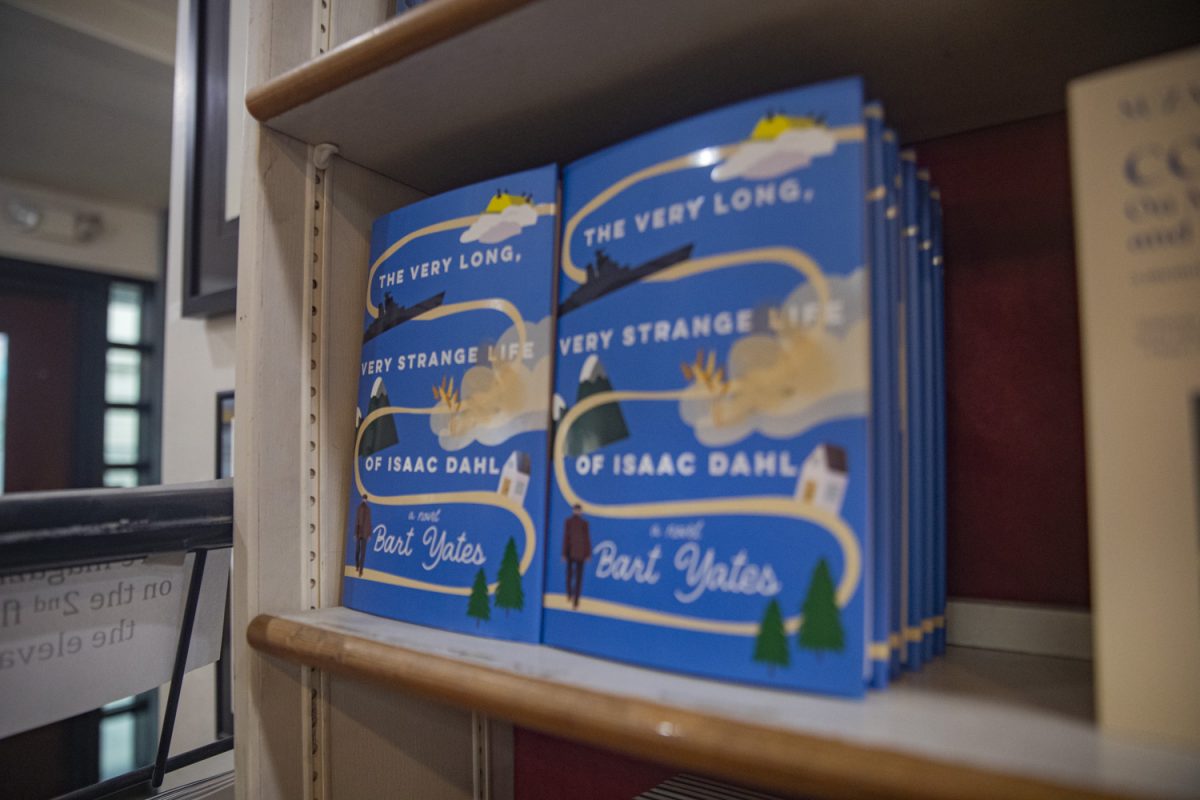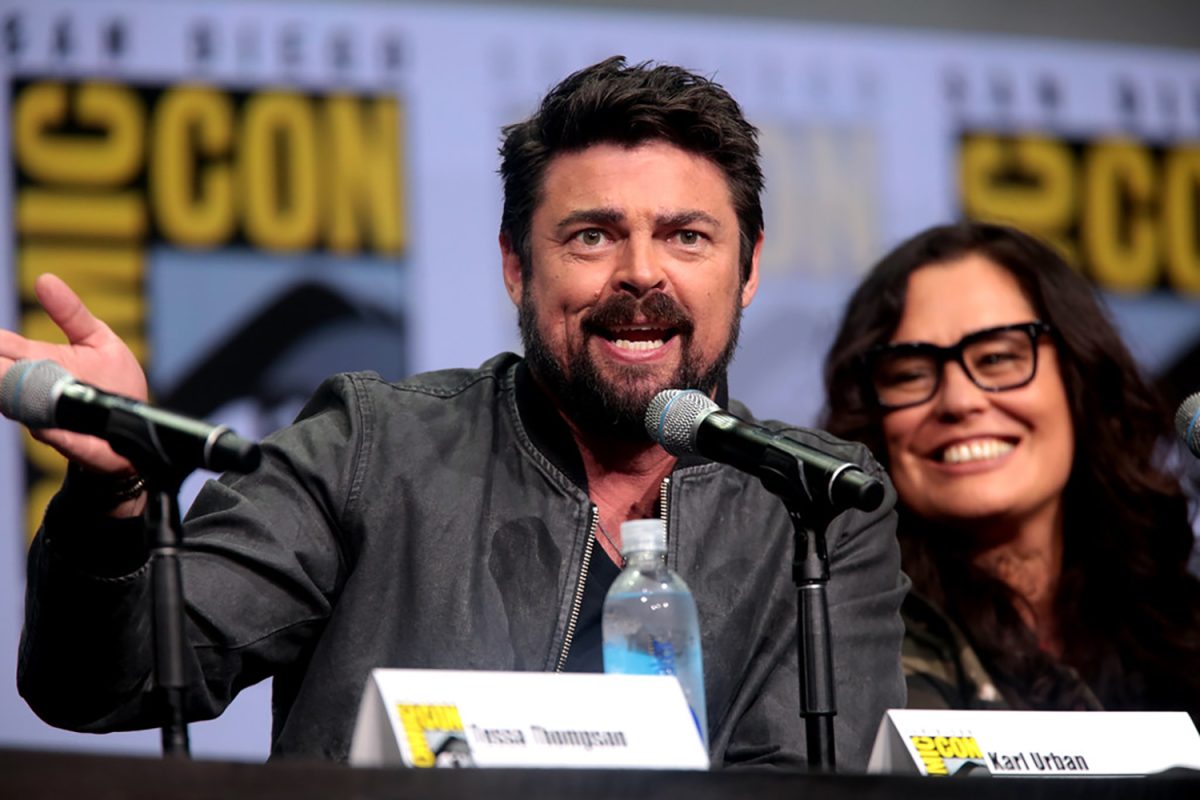A young couple drive down an empty road, their car comes to an abrupt stop, and a stranger approaches. Though this sounds like the plot of a horror film, the play After Ana focuses more on family tragedy than scariness, and it is based on a real incident.
At 7 p.m. Saturday, the Englert Theater, 221 E. Washington St., will collaborate with Working Group Theater to present a new version of Jennifer Fawcett’s After Ana, which will be performed with the audience on stage with the actors. The play is the first of five in Working Group’s “In the Raw” series, appearing at the Englert.
Director Sean Lewis and Jennifer Fawcett said the close contact with the audience leads to engagement.
“It allows you to deal a lot more with the intimacy of every line,” Lewis said. “It’s more filmic that way. In a movie, you can whisper a line, but a stage whisper tends to be something of a shout. We’re able to do a lot of things that would normally be too subtle to get away with.”
In addition to the actors, musical accompaniment will be presented live on stage. Though the play was not originally written with musical cues, the writer and director agreed that it has become an integral part of the production.
“The music emphasizes tension and dynamics between characters,” said composer Michael Finely. “Because the musical content is primarily thematic — as in different themes for characters, stories, etc. — is also helps to reinforce for the audience certain connections between the characters and sections of the play that might be otherwise confused because the use of numerous narratives set in different times and places.”
The set on which the performance is staged is conservative, with much of it being performed on four chairs representing the inside of a car. This is in part to allow the audience to focus on the actors and to avoid complicating a complex piece.
The story features a shifting timeline that moves between past and present, touching on both the breaking down of the car and what kind of effect the ripples that event creates.
“In the play, the couple are young parents, and you see the son 30 years later, trying to piece together the events of that night,” Fawcett said. “It has a lot of numerous timelines going on, and a lot of those are about moving into the past. But it’s not just about looking back; it’s also about moving forward from tragedy.”
With a rehearsal period of two weeks, the actors in the play have had to throw themselves headlong into not only their characters but a web of narrative cause and effect.
Lewis and Fawcett said they are confident in their actors, and they look forward to seeing them perform.
“There’s some sort of magic when you’re able to see a great performer right there in front of you. It changes the experience [for the audience],” Lewis said. “Theater is one of the few art forms that can live basically anywhere. You can perform a play on the Ped Mall, on the back of a truck, or in a class room.”
THEATER






